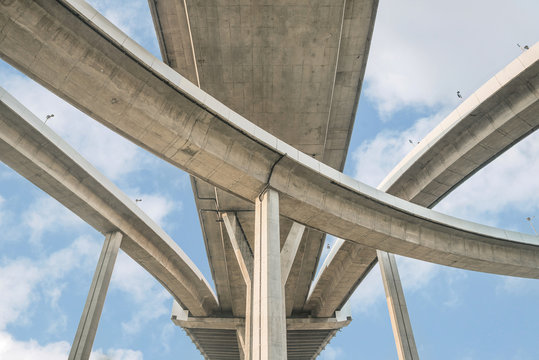Contact Us
RoadVision AI
Private Limited
Office No. 308 & 310, B Block
Ansal Chamber - 1, Bhikaji Cama Place,
Near Engineers India Limited (EIL) Bhawan, New Delhi - 110066
© 2024 | RoadVision AI | All rights reserved
Concrete bridges form a critical part of road infrastructure, supporting transportation networks and economic growth. Over time, these structures undergo degradation due to environmental conditions, traffic loads, and material aging. To ensure safety and cost-effective maintenance, the Indian Roads Congress (IRC) introduced IRC:SP:60-2002, a specialized guideline that provides a systematic approach for assessing the remaining service life of concrete bridges.
This blog explores key aspects of IRC:SP:60-2002, covering degradation factors, assessment methodologies, and recommended action plans for extending bridge longevity.

Bridges deteriorate due to multiple factors such as corrosion, fatigue, weathering, and structural stress. With aging infrastructure and budget constraints, it is crucial to estimate the remaining service life of bridges to plan maintenance, rehabilitation, or replacement. However, due to the complex degradation mechanisms, precise life estimation remains a challenge.
The IRC:SP:60-2002 document provides an approach framework rather than a strict mathematical model, helping engineers make data-driven decisions based on empirical and probabilistic techniques.
The degradation of concrete bridges is influenced by multiple environmental and structural factors, categorized as follows:
The IRC document outlines various models to predict bridge deterioration rates and service life. These include:
The general procedure for assessing a bridge’s remaining life involves:
Based on the life assessment, the IRC suggests:
The IRC:SP:60-2002 guideline provides a structured approach for assessing the remaining service life of concrete bridges. By implementing scientific methods, deterioration models, and predictive analytics, engineers can make informed decisions on bridge maintenance and rehabilitation, ensuring safe and cost-effective infrastructure management.
RoadVision AI is revolutionizing roads AI and transforming infrastructure development and maintenance with its innovative solutions in AI in roads. By leveraging Artificial Intelligence, digital twin technology, and advanced computer vision, the platform conducts thorough road safety audits, ensuring the early detection of potholes and other surface issues for timely repairs and improved road conditions. The integration of potholes detection and data-driven insights through AI also enhances traffic surveys, addressing congestion and optimizing road usage. Focused on creating smarter roads, RoadVision AI ensures compliance with IRC Codes, empowering engineers and stakeholders to reduce costs, minimize risks, and elevate road safety and transportation efficiency.